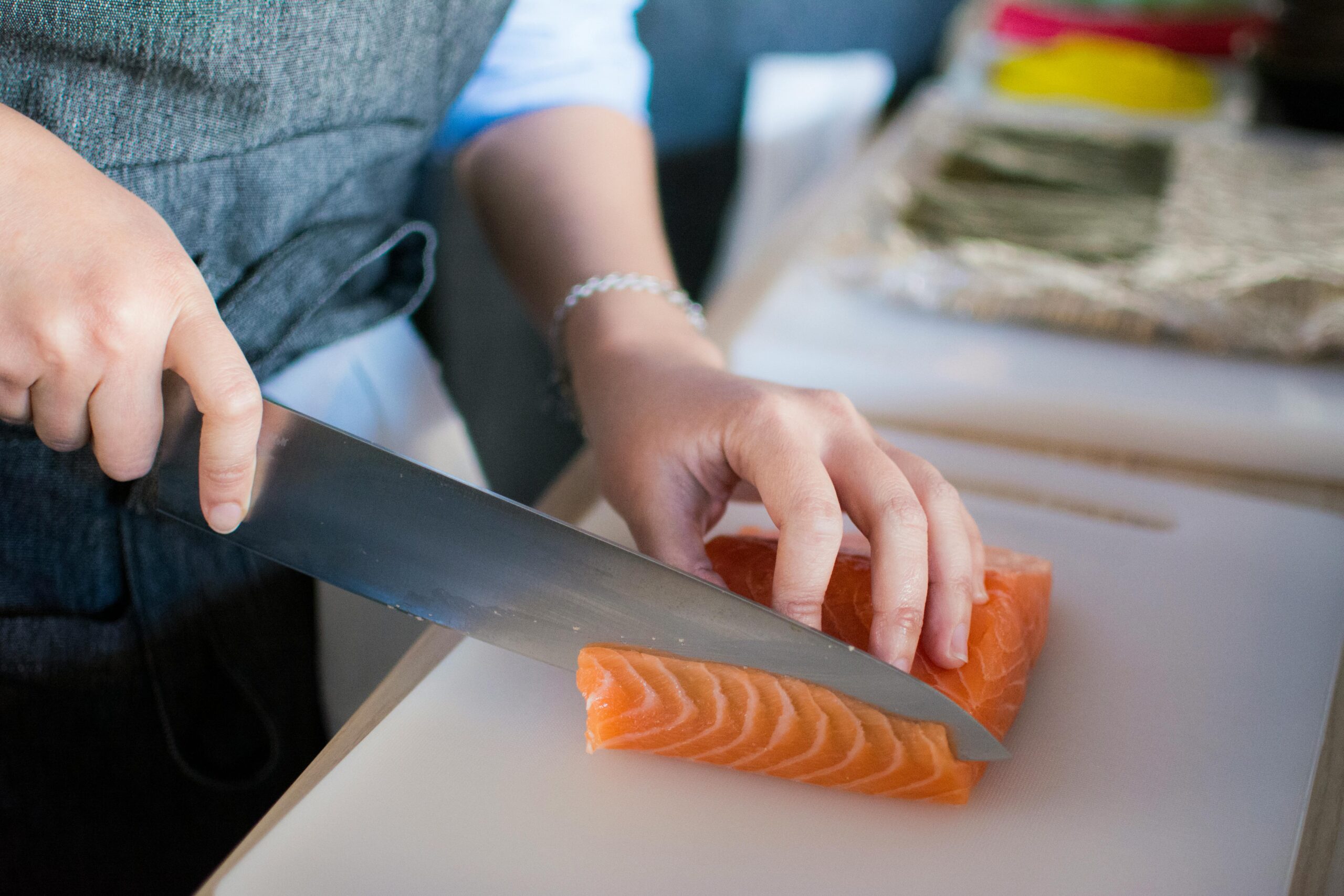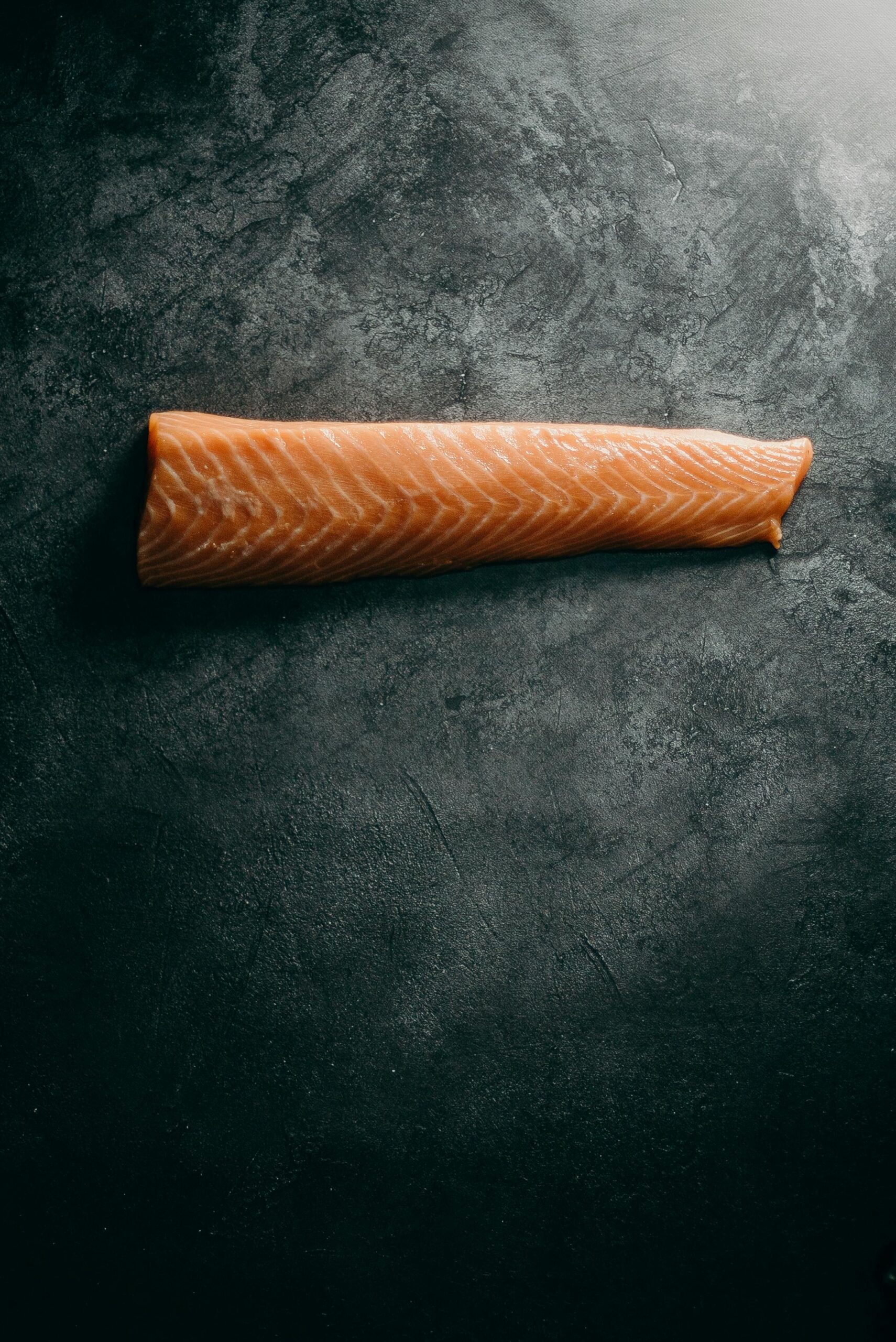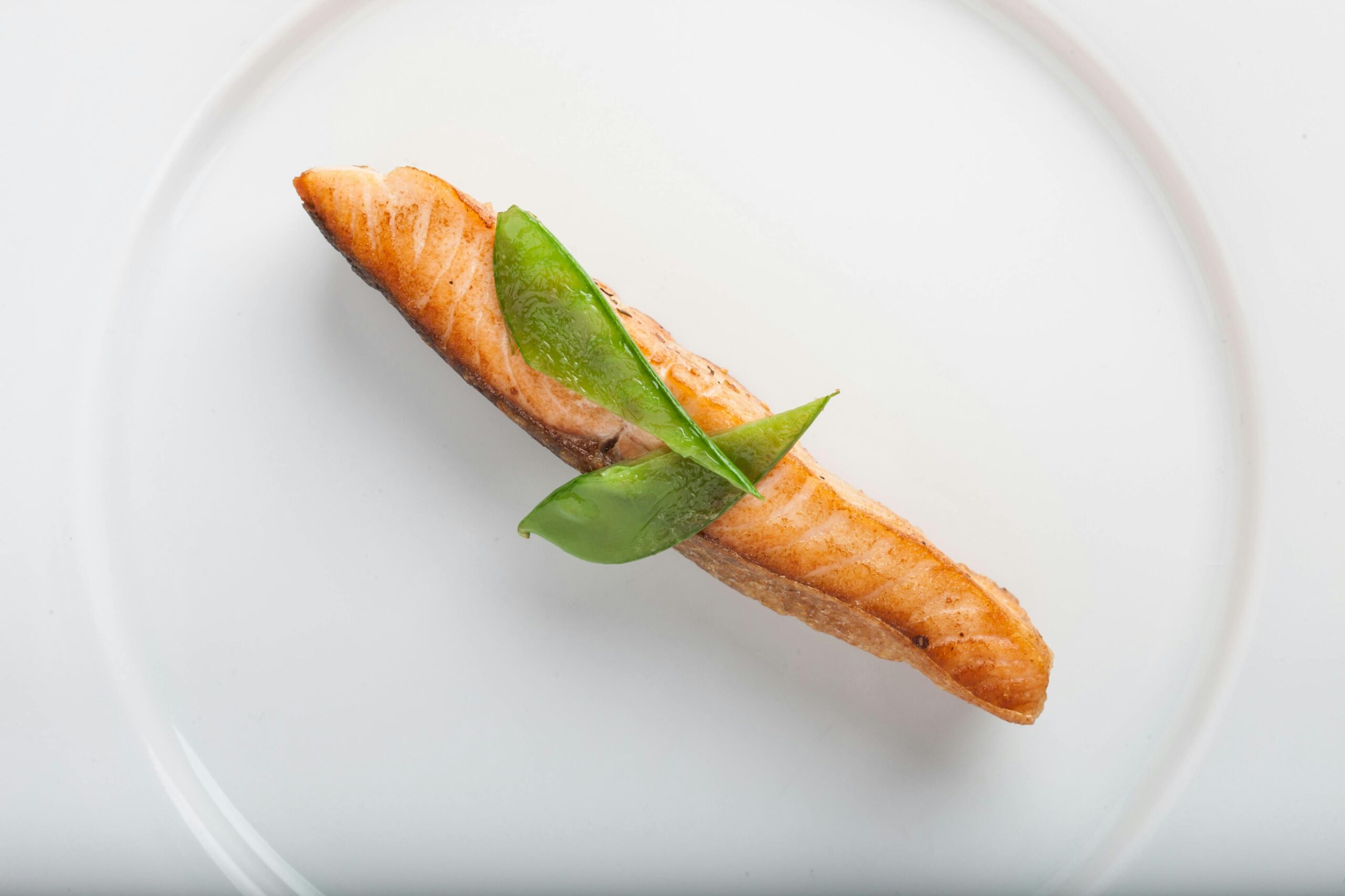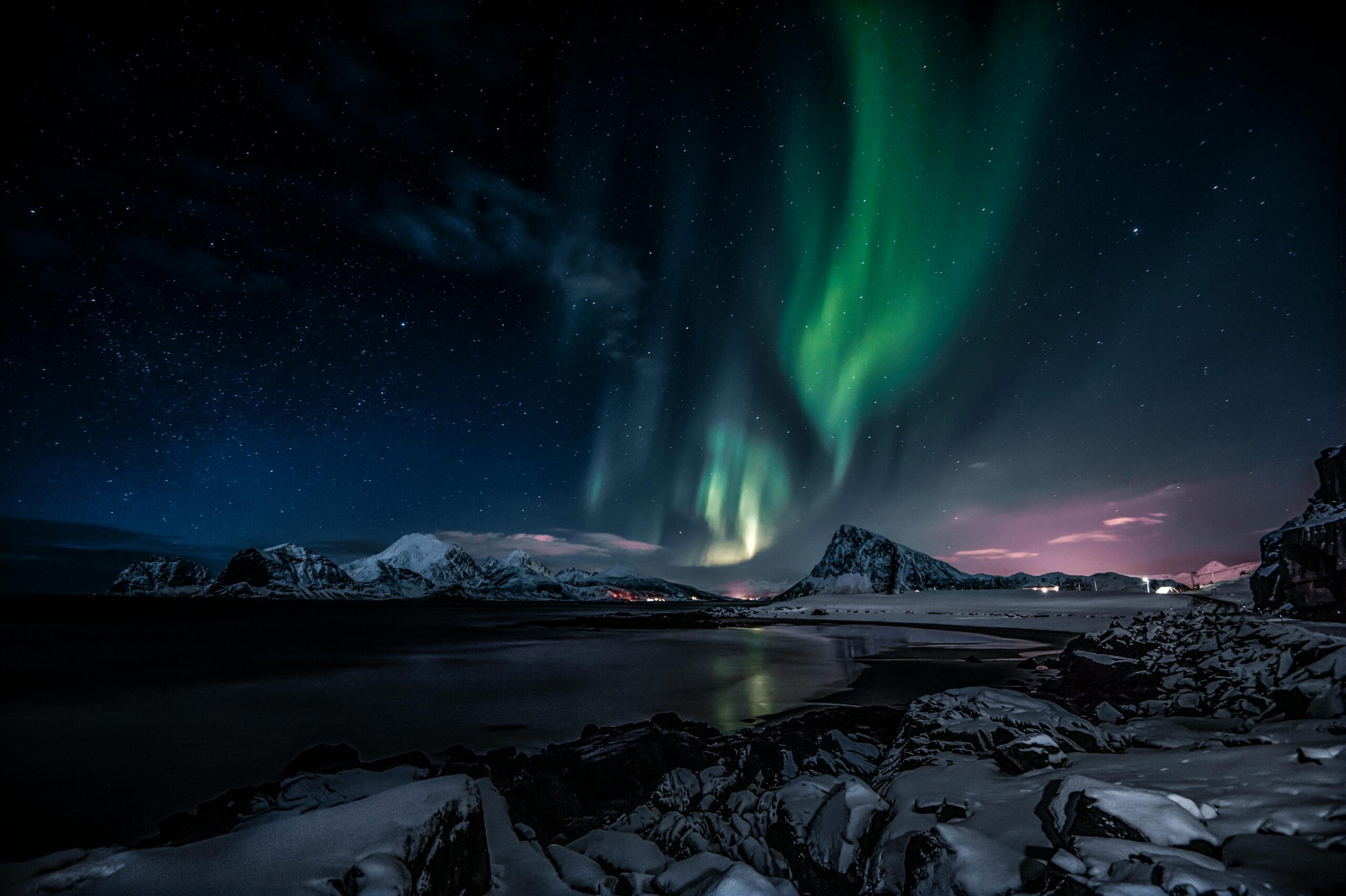In the heart of Norway’s rugged and beautiful landscape, particularly in the dramatic archipelago of Lofoten, salmon is not merely a fish; it is a profound element of the region’s identity, history, and economy. This magnificent fish, with its shimmering, silvery scales and vibrant orange-pink flesh, has a life cycle that is a testament to the purity of the Norwegian environment. As an anadromous species, the Atlantic salmon, known as Salmo salar, begins its life in the freshwater rivers of Norway, where it hatches from an egg into an alevin, then a fry, and finally a parr. It can spend up to several years in these cold, clear waters before a miraculous transformation, called smoltification, prepares it for its journey to the sea. The smolt travels to the open ocean, where it spends one or more years feeding and growing before it is drawn by an innate, powerful drive to return to the very river of its birth to spawn. This remarkable migration is a central part of both the wild salmon’s existence and the cultural narrative that has long surrounded it in Norway. Historically, salmon has been a cornerstone of Norwegian life for centuries, deeply woven into the country’s culinary traditions and even its early economy. The Vikings relied on it as a nourishing and long-lasting food source for their long voyages. In later centuries, the fish was a prized commodity, and its ownership of fishing rights was a matter of public record, as evidenced by ancient runic stones. In the Middle Ages, preservation methods such as salting, smoking, and the traditional gravlax technique of curing with salt, sugar, and dill were developed to ensure this valuable resource could be stored for extended periods. In the past, especially for common people, salmon was such a luxury that they sometimes resorted to a dish called “skomakarlaks” or “cobbler’s salmon,” which was actually cheaper pollock dyed red and prepared to mimic the prized fish. The presence of wealthy foreign anglers, known as “salmon lords,” who traveled to Norway in the 19th century specifically for the sport of catching these magnificent fish, further illustrates its historical value. In modern Norway, the relationship with salmon has evolved, with a significant portion of the fish now coming from a highly regulated and sophisticated aquaculture industry. While wild salmon fishing, often using fly or spinning rods in rivers or large nets in the sea, remains a popular and important cultural activity, farmed salmon from coastal facilities accounts for the vast majority of Norway’s salmon production and exports. The process begins on land in freshwater tanks, where fertilized eggs hatch and the young salmon grow through their early stages. Once they have gone through smoltification, they are carefully transferred to large, submerged sea cages in the protected fjords, where they are raised for approximately one to two years until they reach their harvest weight. This entire process is subject to a complex web of governmental regulations concerning environmental standards, fish welfare, and production volume, all aimed at ensuring sustainability and quality. For instance, the density of fish in the cages is strictly limited to ensure they have ample space. In Lofoten, specific companies operate these farms, and some even offer educational tours for visitors to learn about the aquaculture process firsthand. Before it reaches the consumer, a Norwegian salmon undergoes a meticulous procedure. After being transported alive from the sea farm in special well boats to a processing plant, the fish are stunned humanely before being bled, a crucial step to maintain the high quality of the flesh. They are then chilled and packed in ice for transport, or prepared for freezing. The processing facilities are equipped with modern technology for filleting and packaging, but many tasks are still performed by hand to ensure precision. This careful handling from the moment of harvest ensures that the salmon retains its optimal texture, flavor, and nutritional integrity.Salmon is celebrated in Norwegian cuisine and is a main ingredient in numerous recipes. Traditional preparations, such as boiled salmon with potatoes and cucumber salad, remain popular, as do preserved forms like gravlax and various smoked varieties, which are often served with scrambled eggs or on flatbread. However, Norwegian salmon has also become a global culinary icon, thanks in part to its versatility. It is a key component in dishes like salmon soup, known as laksesuppe, and is frequently grilled, roasted in the oven with herbs and lemon, or pan-fried. The innovation of using Norwegian salmon for sushi, which was a Norwegian introduction to the Japanese market in the 1980s, has now made it a preferred ingredient for raw fish preparations worldwide, including in dishes like salmon tartare. Beyond its delicious taste and versatility, salmon is a nutritional powerhouse with significant beneficial properties. It is an exceptional source of high-quality protein, providing all the essential amino acids necessary for the body’s functions. Most notably, it is rich in omega-3 fatty acids, specifically EPA and DHA, which are crucial for human health. These fatty acids are known to support brain function and development, reduce the risk of cardiovascular diseases by lowering blood pressure and triglycerides, and possess anti-inflammatory properties that can aid in joint health. Salmon is also a good natural source of several essential vitamins and minerals, including vitamin D, B vitamins, and selenium, which play important roles in everything from bone health and energy production to immune system support. The pink hue of the salmon’s flesh is a natural result of its diet, which is rich in astaxanthin, an antioxidant that is also a beneficial nutrient for human consumption. We really love smoked salmon here in Norway. It’s a very popular dish!



